Median Arcuate Ligament Syndrome Surgery
Median arcuate ligament syndrome surgery. Ten female and five male patients from 16 to 70 years of age with the median arcuate ligament syndrome were encountered over a 312-year period. Median arcuate ligament syndrome MALS is an uncommon condition caused by the extrinsic compression of the celiac trunk CT and celiac ganglion secondary to an anatomical abnormality of the median arcuate ligament fibers. Treatment choice depends on the clinical and morphological situation of.
Surgical management involves decompression of the median arcuate ligaments constriction of the celiac artery. This surgery can be done laparoscopically or in an open fashion. Eighty-one percent of patients were discharged the day of surgery 2227.
Exposure of the aorto-celiac axis might be considered as the most challenging part of the surgical procedure. Robotic laparoscopic endoscopic retroperitoneal and open surgical intervention can provide effective symptom relief but long-term follow-up data 5 years are lacking. Surgical intervention was elected in 12 patients.
Median arcuate ligament syndrome also known as celiac artery compression syndrome is a rare and unusual clinical disorder. Surgical management involves decompression of the median arcuate ligaments constriction of the celiac artery. We compared the evidence for both open and laparoscopic treatment of patients with MALS.
Surgery typically involves decompression of the celiac artery by dividing the fibers of the median arcuate ligament and celiac plexus network of nerves in the abdomen. Operative duration was 95 minutes on average range 53-358 minutes and in 2427 89 patients estimated blood loss was 100 mL. It is hypothesized that the compression of the celiac trunk by the MAL and other ganglionic periaortic tissue causes the MAL syndrome 1.
Patients treated nonoperatively appear to have worse outcomes. In a laparoscopic procedure the median arcuate ligament is released which removes pressure from the artery. The Median Arcuate Ligament MAL is a diaphragmatic fibrous arch connecting the crura and forming the aortic hiatus.
Its symptoms are non-specific which complicates its diagnosis and a multidisciplinary approach is required to treat the. 2Department of Surgery University of Health Sciences Elazıg Training and Research Hospital Elazıg Turkey.
Transection of the median arcuate ligament was performed in.
Robotic laparoscopic endoscopic retroperitoneal and open surgical intervention can provide effective symptom relief but long-term follow-up data 5 years are lacking. Robotic laparoscopic endoscopic retroperitoneal and open surgical intervention can provide effective symptom relief but long-term follow-up data 5 years are lacking. Treatment choice depends on. It is hypothesized that the compression of the celiac trunk by the MAL and other ganglionic periaortic tissue causes the MAL syndrome 1. The purpose of this study was to review our experience of the laparoscopic management of MALS and describe the long-term outcomes after surgical intervention. Median arcuate ligament syndrome MALS is an uncommon condition caused by the extrinsic compression of the celiac trunk CT and celiac ganglion secondary to an anatomical abnormality of the median arcuate ligament fibers. In a laparoscopic procedure the median arcuate ligament is released which removes pressure from the artery. Transection of the median arcuate ligament was performed in. Robotic laparoscopic endoscopic retroperitoneal and open surgical intervention can provide effective symptom relief but long-term follow-up data 5 years are lacking.
In a laparoscopic procedure the median arcuate ligament is released which removes pressure from the artery. It is hypothesized that the compression of the celiac trunk by the MAL and other ganglionic periaortic tissue causes the MAL syndrome 1. Eighty-one percent of patients were discharged the day of surgery 2227. Robotic laparoscopic endoscopic retroperitoneal and open surgical intervention can provide effective symptom relief but long-term follow-up data 5 years are lacking. Surgical management involves decompression of the median arcuate ligaments constriction of the celiac artery. Surgery is currently the only treatment option for median arcuate ligament syndrome MALS. Median arcuate ligament syndrome MALS is a syndrome associated with chronic abdominal pain and radiographic evidence of celiac artery compression.
:max_bytes(150000):strip_icc()/mals-median-arcuate-ligament-syndrome-4691027_FINAL-e27a1fe0e5564fe09cc672fa12252c73.gif)


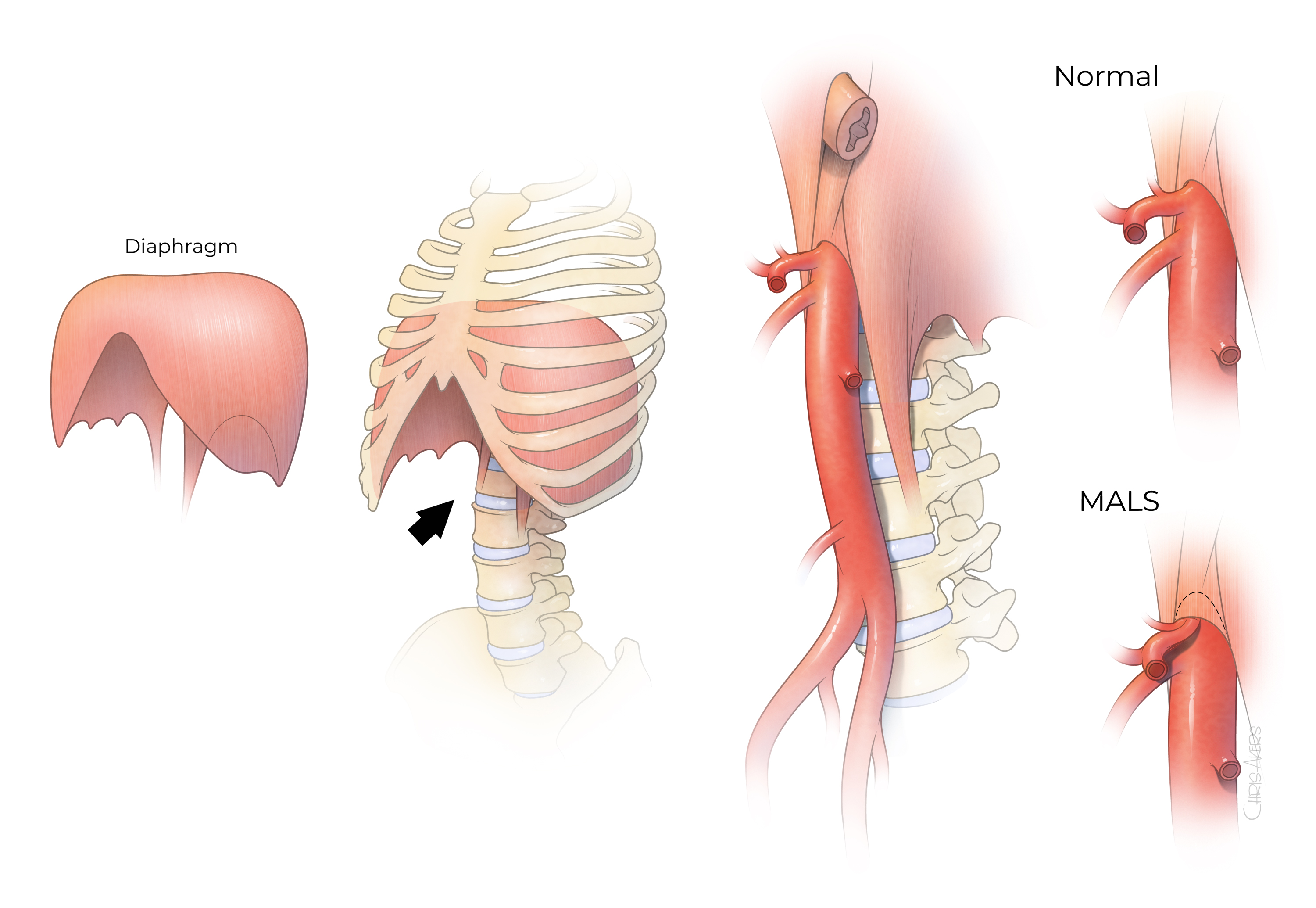


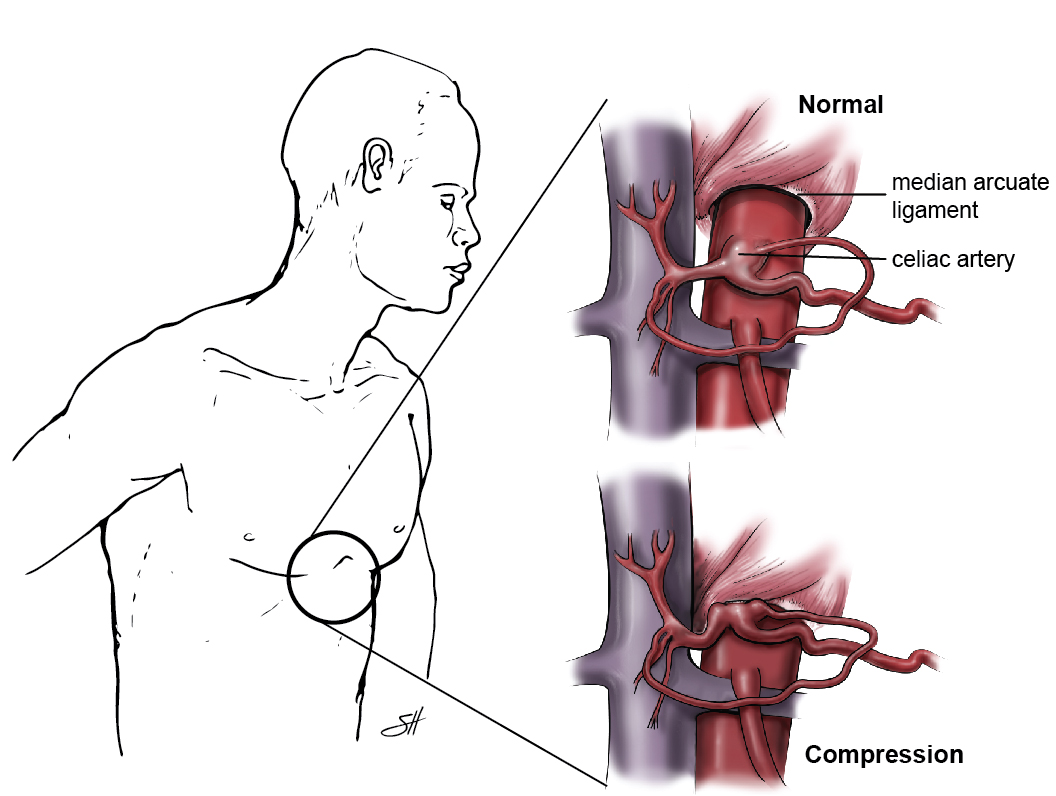

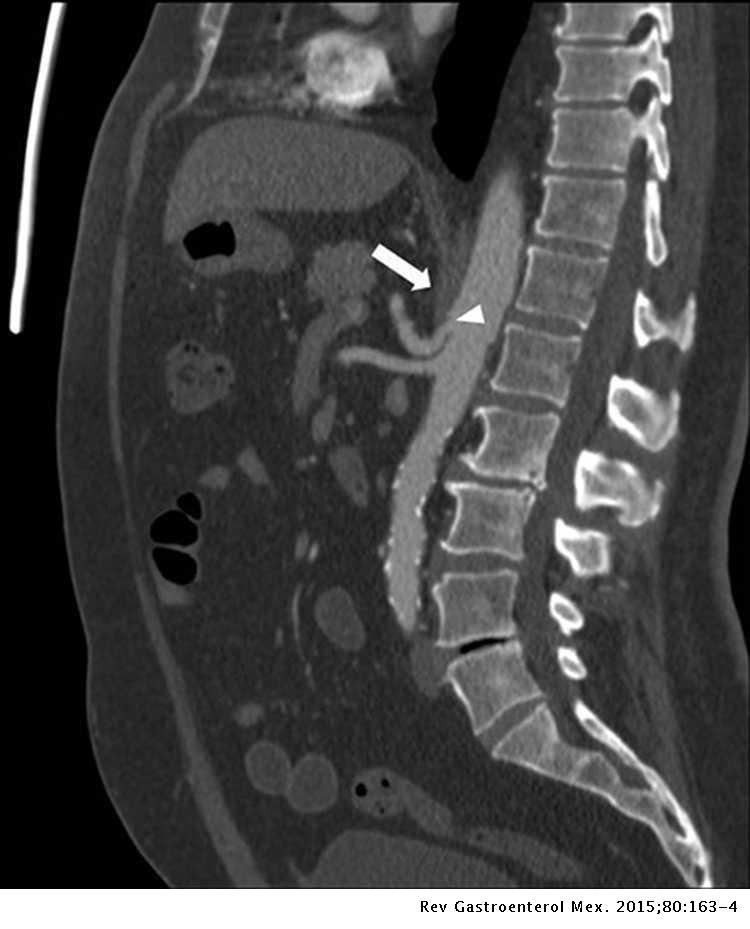
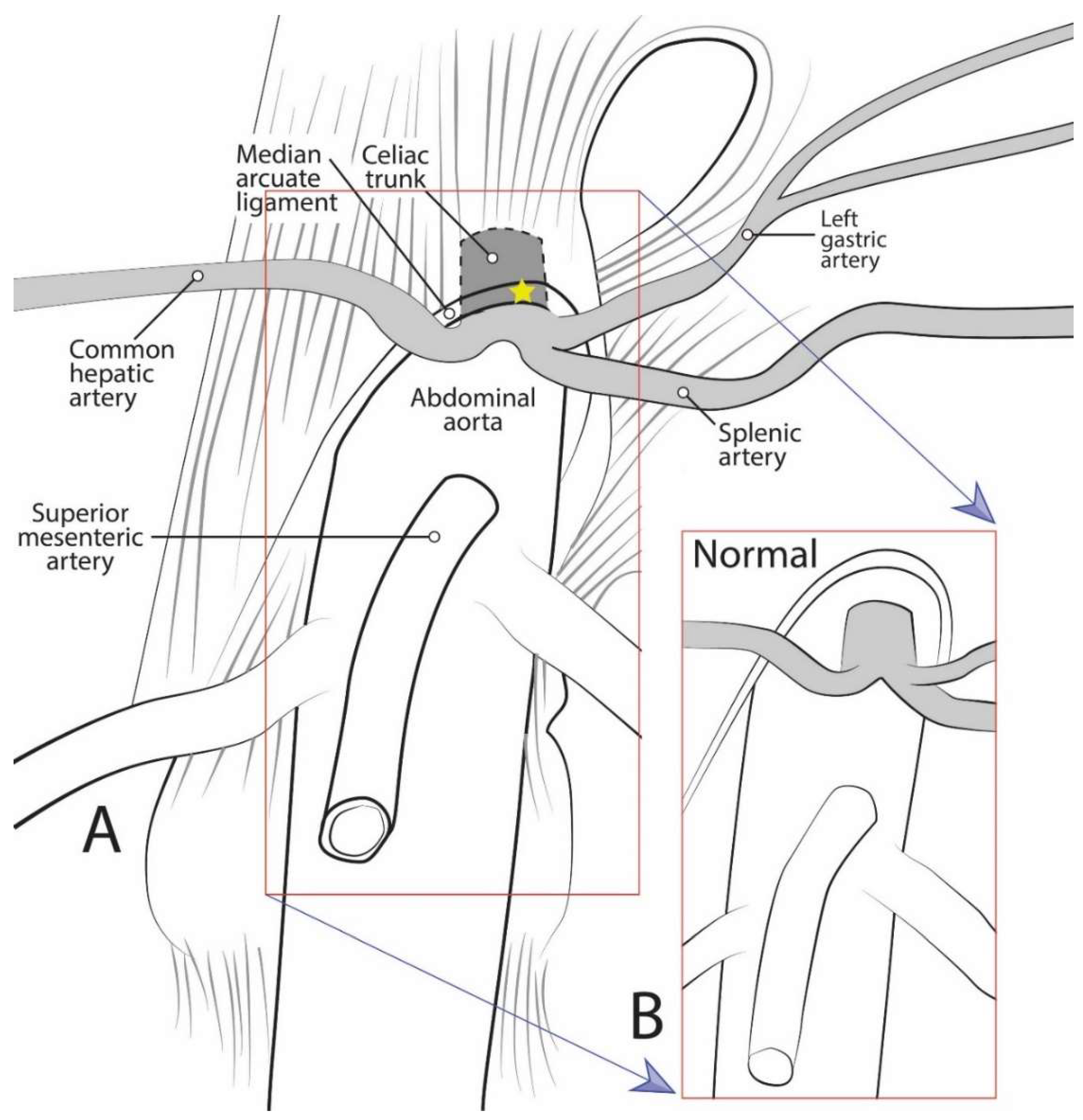

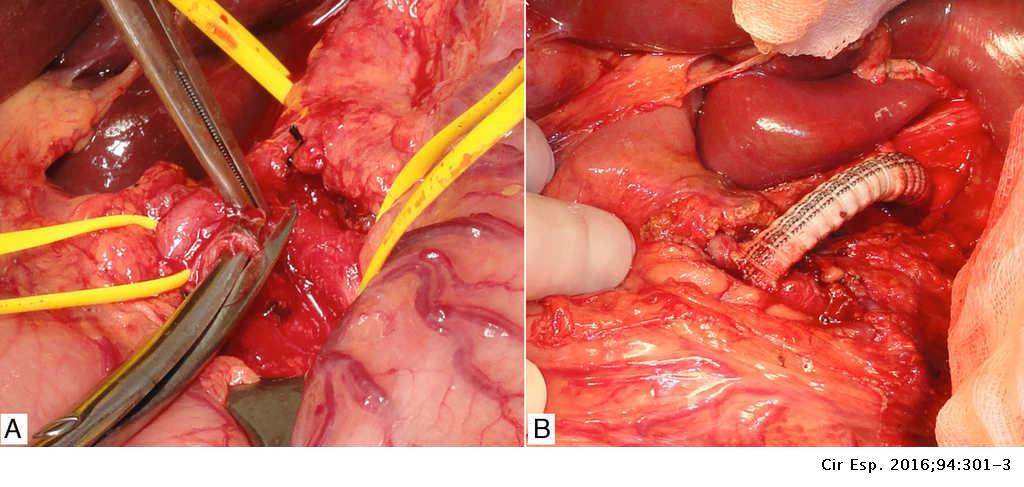

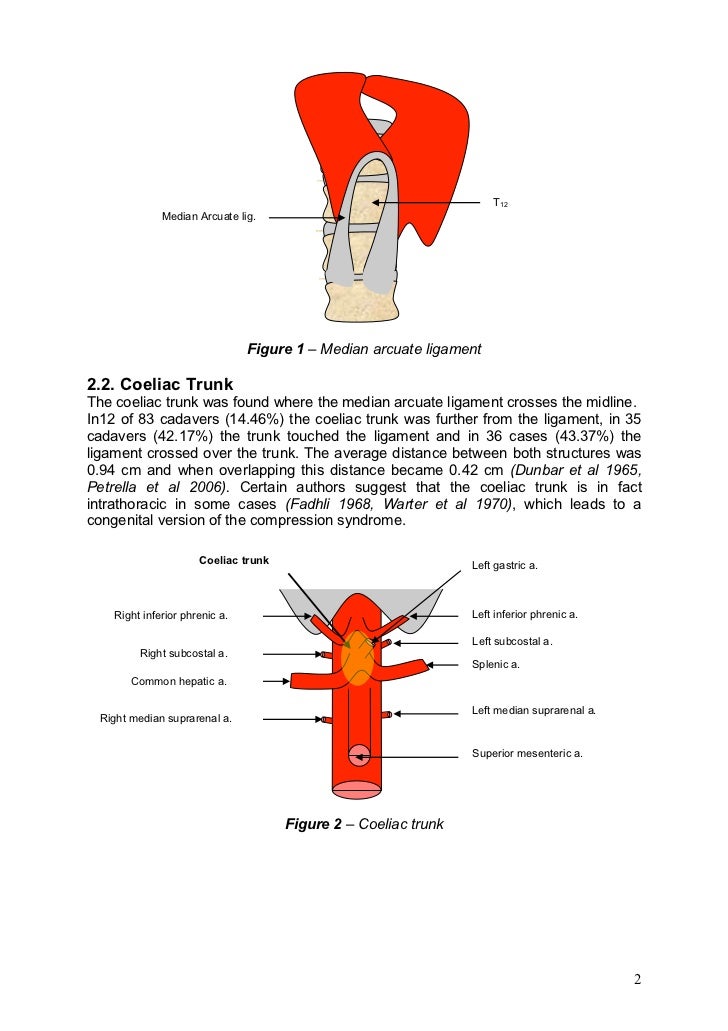
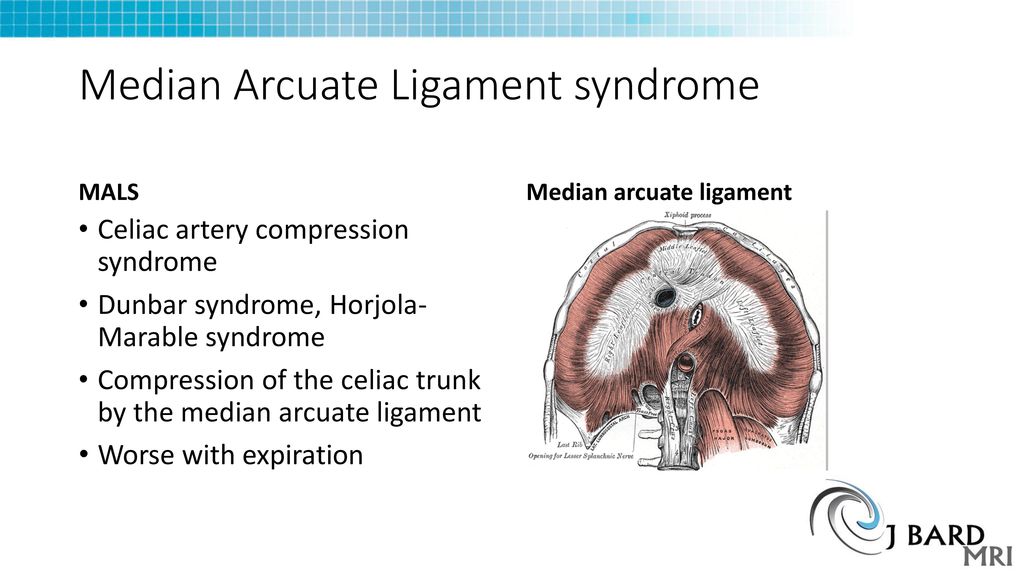




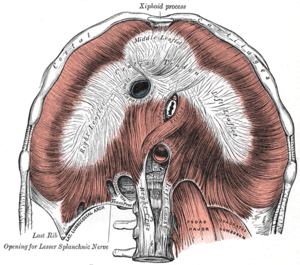




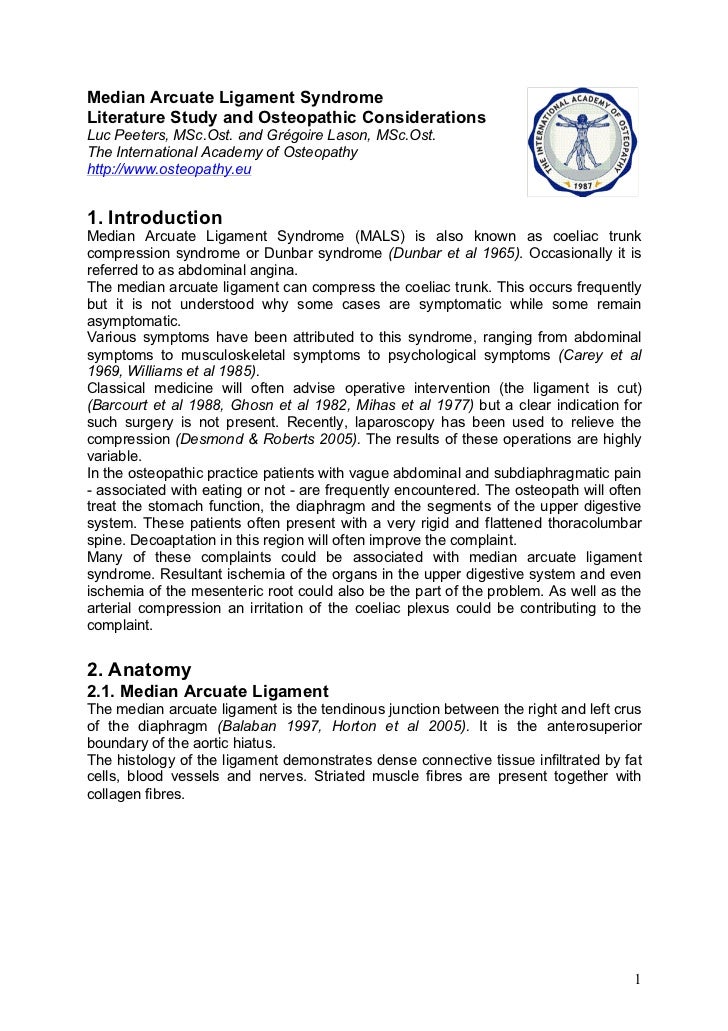


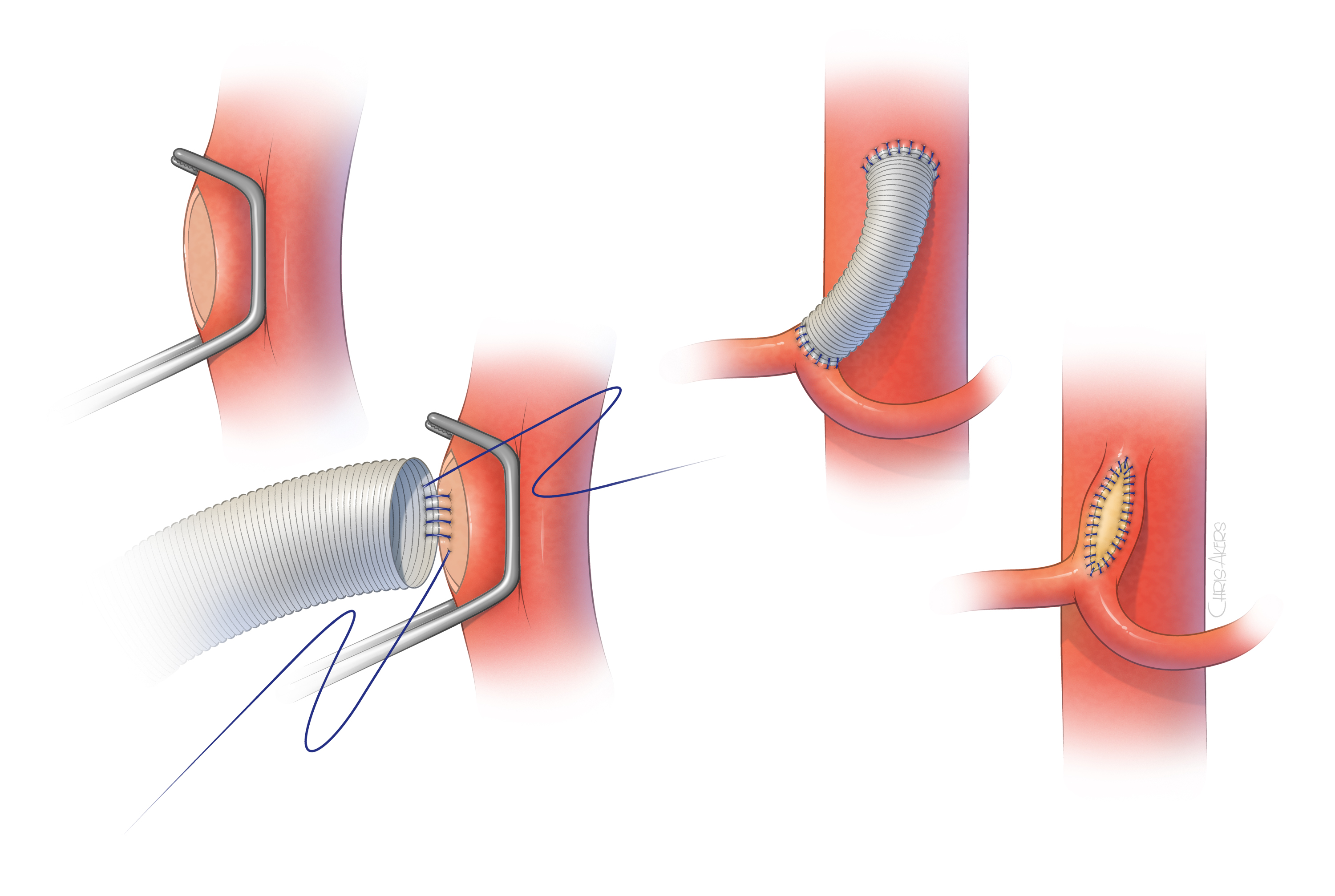












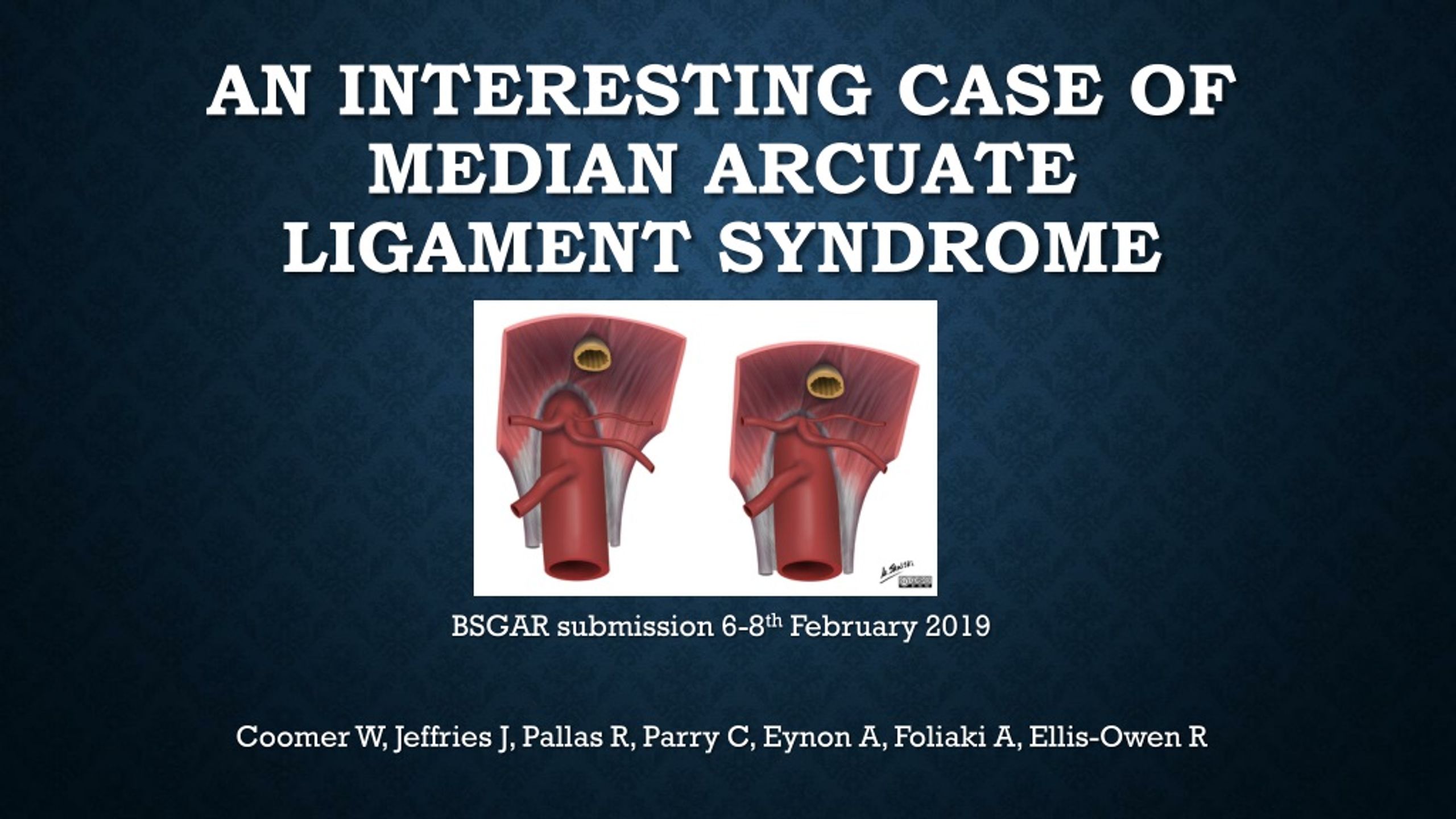

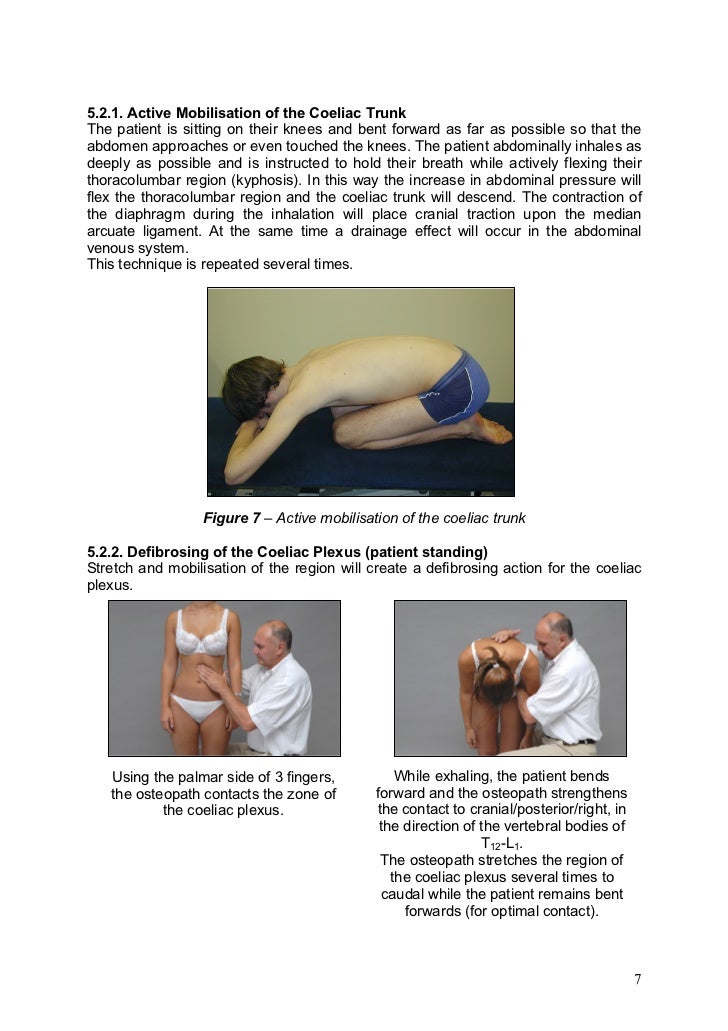
Post a Comment for "Median Arcuate Ligament Syndrome Surgery"